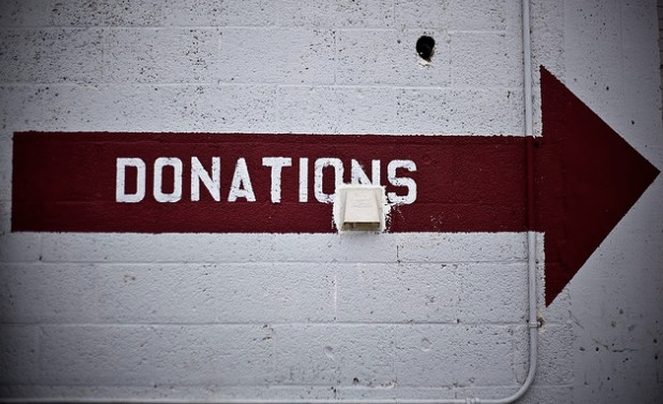 After a major disaster such as the recent Oklahoma tornado or last year’s super storm Sandy, people open their wallets and donate millions of dollars to the relief efforts. There are multiple organizations collecting funds for these efforts, but do you know where your donation actually ends up?
After a major disaster such as the recent Oklahoma tornado or last year’s super storm Sandy, people open their wallets and donate millions of dollars to the relief efforts. There are multiple organizations collecting funds for these efforts, but do you know where your donation actually ends up?
If your donation is given to the Red Cross, approximately .09 cents of every dollar is directed to administrative costs such as salaries, fundraising expenses and office supplies. That is 9% of your total donation. Large, nationwide or worldwide nonprofits work hard to keep their administrative costs low. Other well-known organizations doing a good job of keeping their overhead down are Feeding America at 2%, Salvation Army at 18%, Feed the Children at 8% and World Vision at 15%. During major disasters, Feeding America and Salvation Army are able to divert 100% of donations to disaster relief by drawing from their budget or relying on backup funding from other sources, such as insurer Allstate (Feeding America).
On the flip side, there are charities whose administrative expenses reach nearly 70% of their operating budget. Often these are smaller or local charities such as the Tucson Audubon Society at 42.8%, National Museum of Racing and Hall of Fame at 55.1%, National Council of Negro Women at 64%, Boys Choir of Harlem at 66.3% and the American Tract Society at 68%.
A nonprofit’s annual report may not always be available on their website or easy to access when you are considering a donation. Sites such as Charity Navigator or Charity Watch help donors keep tabs on where their donations are being used by allowing users to search the database and review information about the nonprofit before making a donation. These sites also share the organizations budget, as well as salaries of key staff positions. It is important to note that these sites rate charitable organizations only on cash donations, not using material donations such as clothing or food.
Growing in popularity are sites such as Fundly, GoFundMe and GiveForward. While these sites allow for your donation to bypass the charity and go directly to individuals, the sites charge transactions fees and credit card fees of 5% – 8%.
Research is key when making a donation of any kind. Get to know an organization before donating. If your questions aren’t answered on their website, give them a call. A reputable organization should be more than happy to answer your questions.





